The HDMS Danmark was yet another example of the warships purchased by the Confederacy in France and Britain from 1862. She was ordered as a copy of the Gloire when the ship itself could not be purchased due to the country’s opposition. Known as “Santa Maria”, “Glasgow” or “Frigate No. 61” while in construction on the Clydebank, she was known by the Confederacy’s secretary Mallory and future commander Bulloch as “North’s ship,” after Commander James H. North, CSN responsible for her construction. But the British Government, under diplomatic pressure from the Union canceled the contract. Later, arranged through intermediaries by Commander North, she was resold to the Danish Navy, then at war with Prussia. But only completed postwar, renamed HDMS Danmark after she arrived in Copenhagen at the conclusion of her sea trials. She was rearmed thrice and only truly commissioned for a few months in 1869 before being sent to the reserve for her poor performances in seaworthiness and as a steamer, becoming a barracks ships until sold for BU in 1907.
Development
The American Civil War of 1861-65, saw the Confederacy ill-prepared on the naval front, and forced to make due with whatever ships were available in its ports after the siege of Fort Sumter. The southern states suffered from a lack of shipyard capacity and facilities or industies altogether. The naval supermacy of the Union was overbearing. This inability to match the Union’s blockade, crippling its trade, was the biggest issue and there were attempts to expand the fleet by aboard purchases, notaby to France and Britain, notably by exchanging smuggled southern products via blockade runners and other means.
Officially both England and France refused to supply either party, but tolerated that merchant ships built by them were later armed by the Southern states even before reaching home. Thuis was not possible with actual warships. The Confederacy wanted a large ironclad like La Gloire or Warrior still, notably because the Union only had a single ship at the time, USS Old Ironsides. So by May 1862, a contract was signed with Thomson’s shipyard in Glasgow to build an ironclad frigate. Meanwhile in France, the same was done on two ram ironclads in Bordeaux, undercover for Egypt (the future CSS Stonewall). But construction at J. & G. Thompson on Clydebank could not be kept secret from the British government. To avoid seizure, the contract was forcibly terminated in December 1863. A clause stated the ship could not be sold to the Union. Stiull, the yard had a costly armored frigate on its hands and desperately looked for a buyer. Unfortunately for the world, fortunately for them, there was no shortage of tensions around the world, and so potential buyers (Civil war in Japan, spain, tensions between Russia and the Ottoman Empire, Prussia and Austria, etc.). Ultimately that’s the deteriorating relationship between Denmark and Prussia that led to the Prussian Navy Minister von Roon to send a delegation to England in November 1863 to purchase warships. The same did a similar move to France as well and secured the ex-Sphinx as Arminius.
The Prussian engineer sent there saw the armored frigate in construction and plans, and came back unimpressed, advising against such a purchase. Meanwhile Danish representatives also arrived in Scotland by December 1863, informed about the Prussian venture by North’s intermediaries. They managed to secure a quick purchase, mostly to prevent the shîp from falling into Prussian hands. The still unnamed ship was eventually launched in February 1864, completed in time for a trial cruise in September. By the time, a truce between Denmark and the German states was signed, and for the same neutrality clauses beng applied there, it was dubious about the British government’s willingness to hand over her. So her sea trials became a shakedown cruise… which ended in Copenhagen via Horten (Norway), which had a dry dock large enough to accommodate her, seeing her first armament in and fxes. In Copenhagen later, she was officially renamed HDMS Denmark. But she would not be commissioned before 1869. At the time, broadside ironclad frigates were already obsolete. There had been a quick transition from central battery to turret ships already, and to very large pivot RBLs.
Design of “North’s Ship”
Hull and general design
HDMS Denmark was a typical Broadside ironclad of these 1859-1865 generation, before swapping to central batteries. She was not the largest around, with a wooden hull, displacing 4,770 tonnes (4,690 long tons) for an overall length of 82.29 m (270 ft), a beam of 15.24 m (50 ft) and draft of 5.94 m (19 ft 6 in). She had relatively fine lines, a clipper stern, straight stem with no ram and a relatively fine lines fore and aft with a gradual curve towards the amidship beam. She had of course a single propeller and axial rudder, three anchors (two port, one starboard).
The wooden hull was reinforced by iron framing, and the structure was bracketed to support iron plating. Her hull below the waterline was coppered.
Protection
The Armor was classic for the time, with 4.5 inches or 114 mm wrought iron side armor. The armor covered all the side at the waterline, around one meter below, all the way up to the weather deck above, stopped short of the bow forward (bulkhead shown) and was rounded aft created the hull recesses which were connected by a bulkhead. The belt armour was then ending to the stern point, but below the battery deck, protecting the steering.
Powerplant
HDMS was powered by a 1,000 HP reciprocating steam engine on a single shaft, driving a 2-bladed non removable, fixed pitch bronze propeller. The engine was fed by four boilers which exhausts were truncated in a single funnel, which top was however telescopic in order to facilitate sailing operation. Total output was 1,000 ihp (750 kW) but top speed was ludicrously slow at 8.5 knots (15 km/h; 9.2 mph). To compensate, great efforts were made on a generous full barque rig with four stages and combined to her fine lines, putting on outtrigers when the sea and wind were favourable, her allure was measured at 11 knots, exceeding her steam performances.
Armament
Her original artillery was planned to be fitted oustide Britain due to the neutality clauses. It was to be done in Sweden.
In 1864 she was armed with twenty 60-pounder (8-inch) smoothbore muzzle-loading guns (88 hundredweight) and eight 18-pounder rifled muzzle-loading guns (40 hundredweight).
In 1865 this was changed to an all-rifled muzzle-loading armament, twelve 60-pounder guns, ten 24-pounder guns.
In 1867 two more 24-pounder guns were added.
In 1868 prior to her 1869 active commission, she was armed with a mix of carronades and howitzers, eight 8 inches or 20.3 cm long rifled loaders (176 pounders) and four 8 inches or 20.3 cm short rifled loaders (144 pounder howitzer) and well as eight 6 inches or 15.2 cm rifled loaders and two 3 inches or 76 mm howitzers.
The Danish plans for this final rearmament showed how this artillery was arranged along the broadside, with 40° arc for the battery deck, alternating 8 and 6 inch guns, and three more on the weather deck with a 50° arc: Two 8-in guns amidship and aft per side, and the two 3-in guns forward amidship, but no chase guns, which was the norm at the time. However the aft 6-in guns of the battery deck had alternative rear ports with a hull recess enabling them to fire in retreat over a 40° arc.
⚙ Danmark specifications as rebuilt |
|
| Displacement | 4,770 tonnes (4,690 long tons) |
| Dimensions | 82.29 x 15.24 x 5.94m (270 ft x 50 ft x 19 ft 6 in) |
| Propulsion | 1 shaft, 1 steam engine, 4 boilers, 1,000 ihp (750 kW) |
| Speed | 8 knots (15 km/h; 9.2 mph) |
| Range | Unlimited (sailing rig) |
| Armament | As designed: 20 guns. |
| Protection | Belt 89–114 mm (3.5–4.5 in), Battery 89–114 mm (3.5–4.5 in) |
| Crew | 530 |
The story of HDMS Danmark
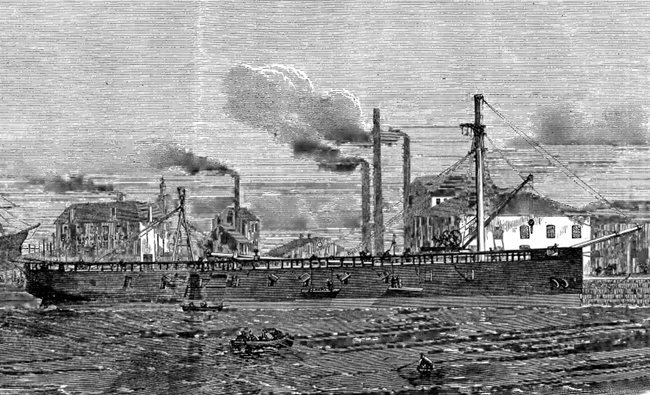
HDMS Danmark was the first armored frigate of the Royal Danish Navy, originally ordered by the Confederate States Navy. Initial prospect of construction in Scotland were led by James Dunwoody Bulloch as a local agent for the Confederacy, but eventually her was compromised and the ship was ordered by another Confederate agent, Lieutenant (later Commander) James H. North.
North, sent to Europe by Confederate Navy secretary Stephen Mallory. His aim was to buy a complete sea-going ironclad warship, ideally the French Navy’s Gloire, on Confederate account. But understandbly the French government refused to sell Gloire, or to allow a sister ship to be built in French shipyards. This did not prevent Arman bros. Bordeaux Yard to start construction of armoured rams undercover “for Egypt” but the scheme was later discovered. One ship ended with Prussia, the other with Japan.
North in Britain benefited for a time for the new Whig government’s “laissez-faire” attitude to American arms-buying, and he met George Thomson, co-owner of the Clydebank shipbuilders J. & G. Thompson. North signed a contract with Thomson’s on 21 May 1862 for a 3,000 tons, 80 metres wooden-hulled ironclad frigate on the model of the Gloire, for a contract price of 190,000 pounds sterling—around, equivalent to two million Confederate dollar on the then rate of exchange. This was confirmed by a deposit of 18,000 pounds. Thomson’s was contracted to the deliver her no later than 1 June 1863, barely over a year. The “North’s ship”, or “Number 61” in some papers she was officially the “Santa Maria”, destined to an unnamred South American country. When finally completed her final displacement was 4,750 tons.
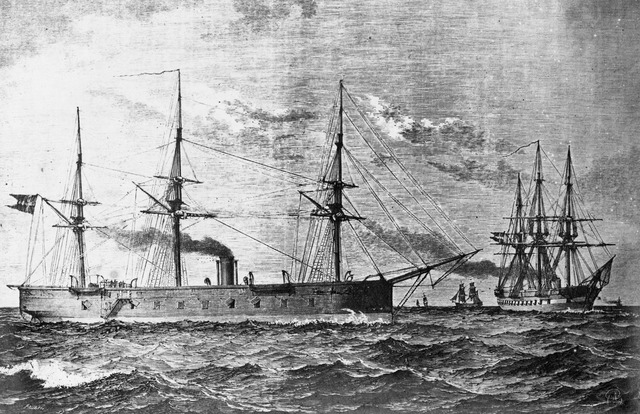
By the summer of 1863, the attitude of the British government turned against such purchases, and meanwhile the situation for the Confederacy degraded and the ship was now seen as a financial burden. With her larger displacement and greater draft as expected, she was now clearly unsuited to Confederate needs, too large, requiring a large crew for limited resources. The most damning was her 6 metres draft, way too deep for shore operations and shallow waters around the Confederate coasts. She was initially to act indeed as a blockade enforcer.
Agents in Europe now received official orders to resell the “North’s ship”. First they turned to the Imperial Russian Navy. Thompson’s became concerned that the ship would now never be allowed to be delivered to the Confederacy anyway. They themselves had to cancel the contract by Government’s by late 1863. Work still continued slowly until “Frigate No. 61” was launched on 23 February 1864, and a solution came in, with the outbreak of the Second Schleswig War between Denmark and Prussia. The Royal Danish Navy wanted now to purchase the ship, notably to prevent its selling to Prussia. But delays in fitting out, working up meant the war ended before she was ready. As said above she departed in her sea trials, and ended in Copenghagen. She was to be rearmed thrice, so she only completed in 1868, commissioned in 1869.
Danmark undertook a single active commission from June to October 1869 with her new armament aboard. The latter was probably too heavy, resulting her to roll badly, and on steam trials, she proved to be a bad steamer as well, not only slow, but with an excessive coal consumption. As a result, she remained in reserve thereafter, then, became a barracks ship in 1893, and eventually she was sold for scrap in 1907. Not a glorious fate for Denmark’s first ironclad frigate, bearing the country name at that.
Read More/Src
Books
Balsved, Johnny E. “Armored Frigate DANMARK (1864–1900)”. Danish Naval History.
Gardiner, Robert, ed. (1979). Conway’s All the World’s Fighting Ships 1860–1905. Greenwich: Conway Maritime Press.
(in French) Noirsain, Serge, La flotte européenne de la Confederation sudiste. Confederate Historical Association of Belgium, 2000.
Silverstone, Paul H. (1984). Directory of the World’s Capital Ships. New York: Hippocrene Books..
Still, William H. (ed.), The Confederate Navy: The Ships, Men and Organization, 1861–1865. Conway Maritime Press, 1997.
Links
history.navy.mil santa-maria.html
on navalhistory.dk/
HDMS_Danmark
Panserfregatten_Danmark
3D
HDMS Danmark (1864) by Brown Water on Shapeways.

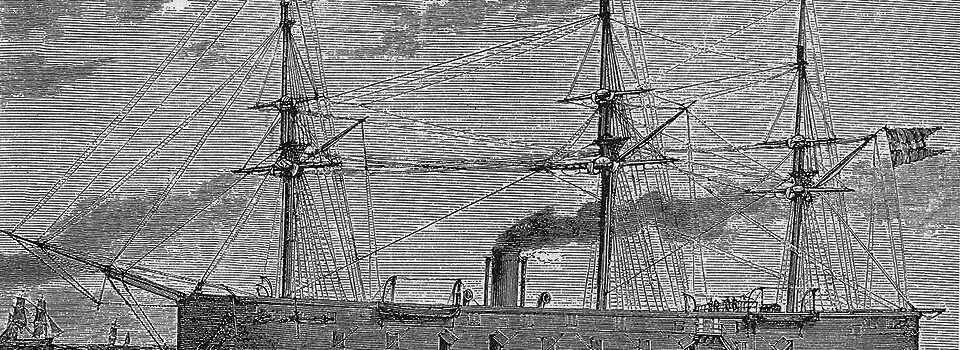

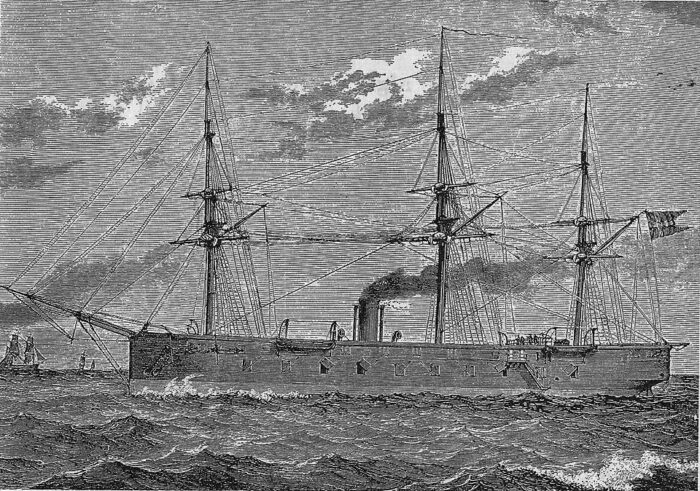
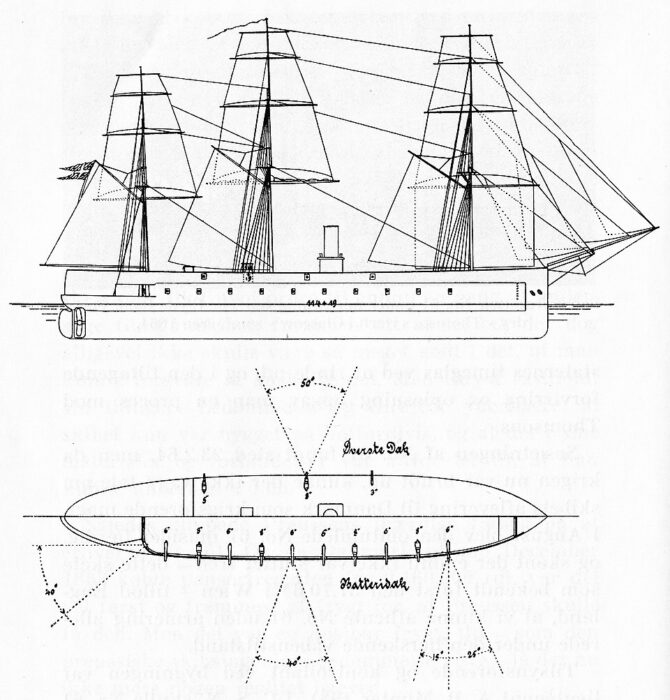
 Latest Facebook Entry -
Latest Facebook Entry -  X(Tweeter) Naval Encyclopedia's deck archive
X(Tweeter) Naval Encyclopedia's deck archive Instagram (@navalencyc)
Instagram (@navalencyc)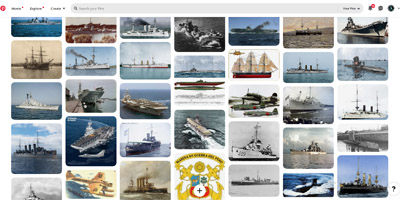

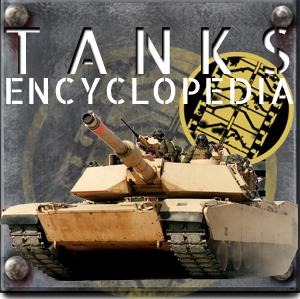
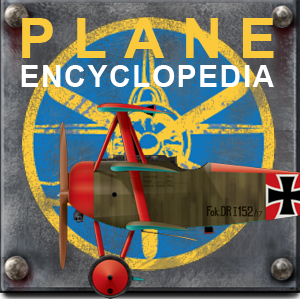
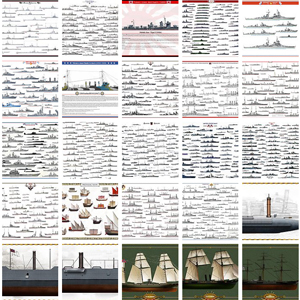
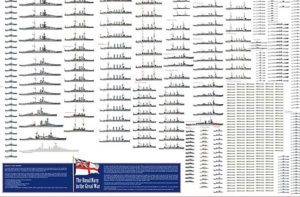
 French Navy
French Navy Royal Navy
Royal Navy Russian Navy
Russian Navy Armada Espanola
Armada Espanola Austrian Navy
Austrian Navy K.u.K. Kriegsmarine
K.u.K. Kriegsmarine Dansk Marine
Dansk Marine Nautiko Hellenon
Nautiko Hellenon Koninklije Marine 1870
Koninklije Marine 1870 Marinha do Brasil
Marinha do Brasil Osmanlı Donanması
Osmanlı Donanması Marina Do Peru
Marina Do Peru Marinha do Portugal
Marinha do Portugal Regia Marina 1870
Regia Marina 1870 Nihhon Kaigun 1870
Nihhon Kaigun 1870 Preußische Marine 1870
Preußische Marine 1870 Russkiy Flot 1870
Russkiy Flot 1870 Svenska marinen
Svenska marinen Søværnet
Søværnet Union Navy
Union Navy Confederate Navy
Confederate Navy Armada de Argentina
Armada de Argentina Imperial Chinese Navy
Imperial Chinese Navy Marinha do Portugal
Marinha do Portugal Mexico
Mexico Kaiserliche Marine
Kaiserliche Marine 1898 US Navy
1898 US Navy Sovietskiy Flot
Sovietskiy Flot Royal Canadian Navy
Royal Canadian Navy Royal Australian Navy
Royal Australian Navy RNZN Fleet
RNZN Fleet Chinese Navy 1937
Chinese Navy 1937 Kriegsmarine
Kriegsmarine Chilean Navy
Chilean Navy Danish Navy
Danish Navy Finnish Navy
Finnish Navy Hellenic Navy
Hellenic Navy Polish Navy
Polish Navy Romanian Navy
Romanian Navy Turkish Navy
Turkish Navy Royal Yugoslav Navy
Royal Yugoslav Navy Royal Thai Navy
Royal Thai Navy Minor Navies
Minor Navies Albania
Albania Austria
Austria Belgium
Belgium Columbia
Columbia Costa Rica
Costa Rica Cuba
Cuba Czechoslovakia
Czechoslovakia Dominican Republic
Dominican Republic Haiti
Haiti Hungary
Hungary Honduras
Honduras Estonia
Estonia Iceland
Iceland Eire
Eire Equador
Equador Iran
Iran Iraq
Iraq Latvia
Latvia Liberia
Liberia Lithuania
Lithuania Mandchukuo
Mandchukuo Morocco
Morocco Nicaragua
Nicaragua Persia
Persia San Salvador
San Salvador Sarawak
Sarawak Uruguay
Uruguay Venezuela
Venezuela Zanzibar
Zanzibar Warsaw Pact Navies
Warsaw Pact Navies Bulgaria
Bulgaria Hungary
Hungary

 Bundesmarine
Bundesmarine Dutch Navy
Dutch Navy Hellenic Navy
Hellenic Navy Marina Militare
Marina Militare Yugoslav Navy
Yugoslav Navy Chinese Navy
Chinese Navy Indian Navy
Indian Navy Indonesian Navy
Indonesian Navy JMSDF
JMSDF North Korean Navy
North Korean Navy Pakistani Navy
Pakistani Navy Philippines Navy
Philippines Navy ROKN
ROKN Rep. of Singapore Navy
Rep. of Singapore Navy Taiwanese Navy
Taiwanese Navy IDF Navy
IDF Navy Saudi Navy
Saudi Navy Royal New Zealand Navy
Royal New Zealand Navy Egyptian Navy
Egyptian Navy South African Navy
South African Navy






























 Ukrainian Navy
Ukrainian Navy dbodesign
dbodesign